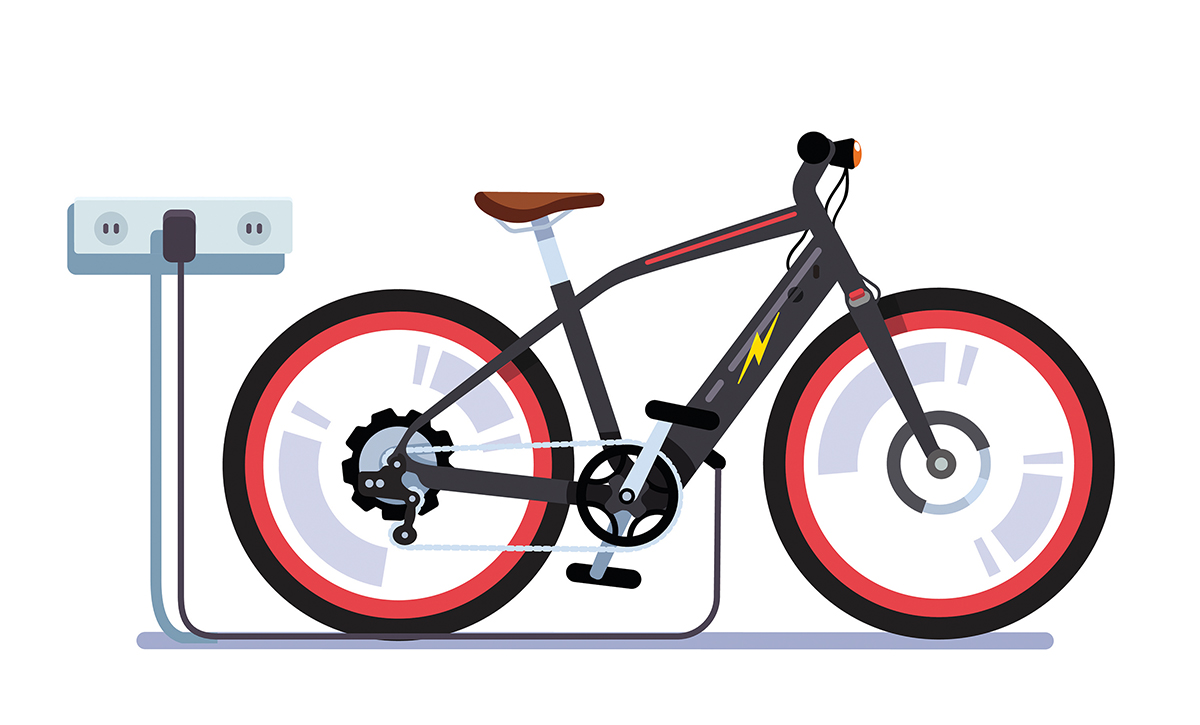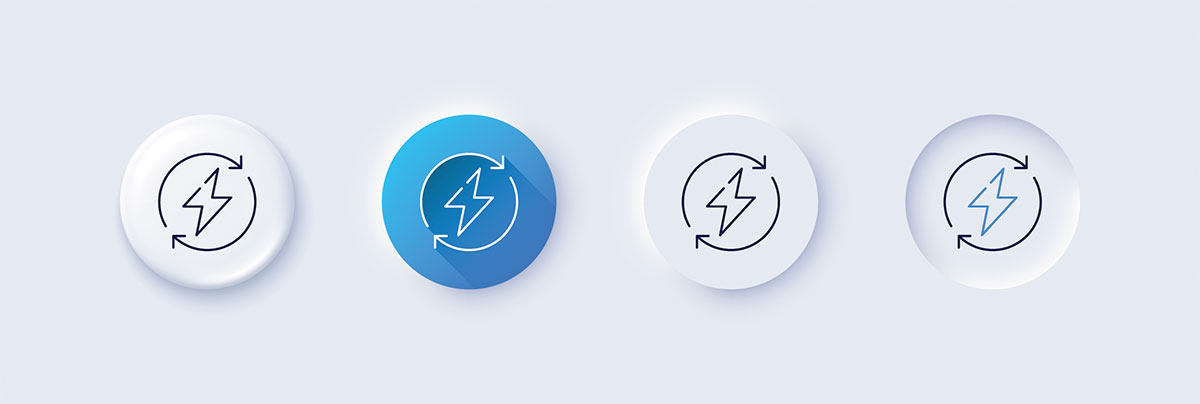E-bikes rely on lithium-ion batteries as their power source, however, when stored improperly or charged incorrectly, they pose a fire hazard.
by Rich Byczek, Global Technical Director
You’ve probably noticed an increase in the coverage of electric bikes (e-bikes) and other battery-operated micromobility devices like electric scooters (e-scooters) and hoverboards in the news lately. These devices gained popularity during the COVID-19 pandemic as people took to the outdoors for exercise and safe socialization. According to the Light Electric Vehicle Association industry group, in 2021, nearly 880,000 e-bikes were imported to the U.S, nearly twice as many as in 2020.
With this popularity, there also comes risk. E-bikes rely on lithium-ion batteries as their power source, however, when stored improperly or charged incorrectly, they pose a fire hazard. Another issue is low-quality e-bike batteries being sold as replacement parts or purchased by consumers who are modifying their existing bicycles. For these reasons, from New York City to London to China, hundreds of fires caused by e-bike batteries have resulted in death, injury and property loss over the last few years. According to the U.S. Consumer Product Safety Commission (CPSC), between January 1, 2021, and November 28, 2022, 208 micromobility fire or overheating incidents were reported, resulting in at least 19 fatalities. The CPSC also received reports of at least 22 injuries that sent people to emergency rooms.
The CPSC data was included in a December 2022 letter in which the agency urged manufacturers of e-bikes, e-scooters, and hoverboards to ensure their products comply with established voluntary safety standards or face possible enforcement action. In the U.S., the CPSC defines an electric bike as having “fully operable pedals,” an electric motor of 750 watts or less, and a top speed under 20 mph when it’s solely motor-powered. The current standards for e-bikes and micromobility devices are ANSI/CAN/UL 2849 – Standard for Safety for Electrical Systems for eBikes dated June 17, 2022, and ANSI/CAN/UL 2272 – Standard for Electrical Systems for Personal E-Mobility Devices dated February 26, 2019. They address the risk of fires associated with these products, which can result in serious injury or death.
Taking a closer look at the two standards, we see:
- UL 2849 is the ANSI-accredited national safety standard for electrical systems for e-bikes and covers the safety requirements of e-bikes powered by lithium or other rechargeable batteries. It provides requirements with respect to the following: the electrical drive train system, the battery and charger systems, wiring, and more.
- UL 2272 is a U.S. certification awarded to electrical mobility devices that have met the standards of a series of safety tests. The testing includes both electrical and mechanical components as well as environmental aspects to assess electrical safety. The standard covers how resistant the devices are against impact, extreme temperatures, water exposure, and other factors. Under these extreme conditions, signs of short-circuiting and imbalance charging could indicate a possibility of fire and therefore deemed as less than ideal in the level of electrical safety.
What can you do as an electrical inspector to help ensure the safety of e-bike chargers? While there are no codes that specifically address charger safety, there are sections in both the National Fire Protection Association (NFPA) Code and National Electric Code (NEC) that apply. The NFPA has also published guidelines for the safe storage and charging of e-bikes, including the following tips:
- Only purchase and use devices, batteries, and charging equipment that are listed by a nationally recognized testing lab and labeled accordingly
- Only use the battery and the charger that were designed for, and came with, the device
- Do not keep charging the device or device battery after it is fully charged
- Store e-bikes, e-scooters, and batteries away from exit doors and anything that can get hot or catch fire
- Stop using the e-bike or e-scooter if you notice any of these problems with the battery: unusual odor; change in color; too much heat; change in shape; leaking, smoking, or not keeping a charge
- Do not put lithium-ion batteries in the trash. Recycling is always the best option. Take the batteries to a battery recycling location or contact your local waste department for disposal instructions
- Only have device repairs performed by a qualified professional
The CPSC industry outreach is the first critical step to ensuring the safety of lithium-ion batteries used in micromobility devices, but consumer education and awareness of the proper storage and charging of e-bikes and other micromobility devices is also key to reducing the hazards associated with them.















Find Us on Socials